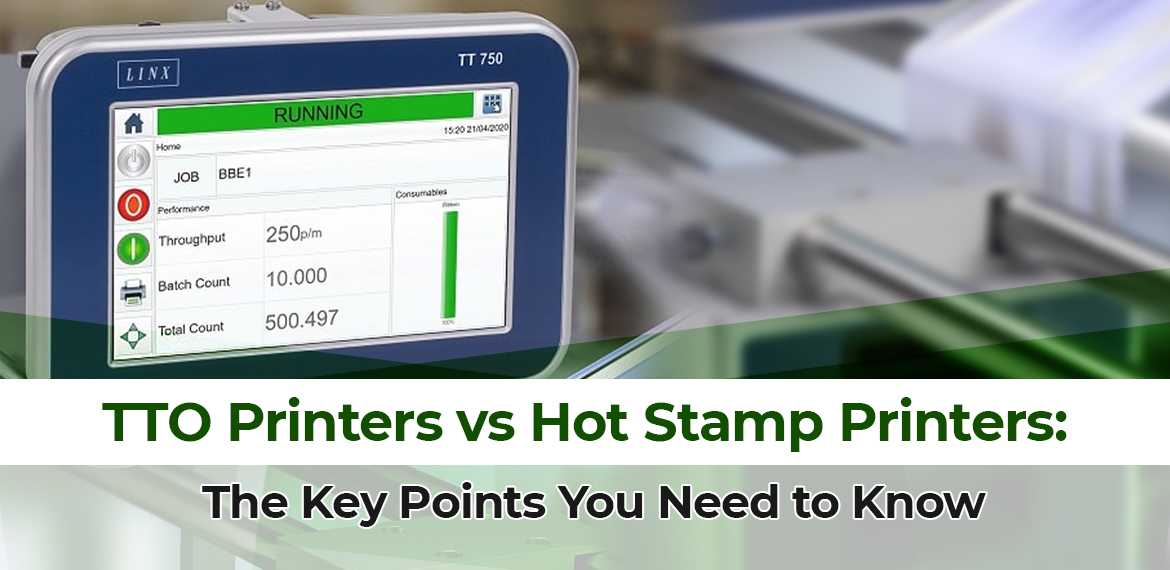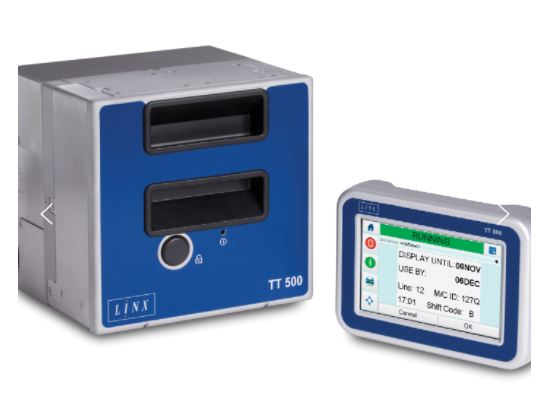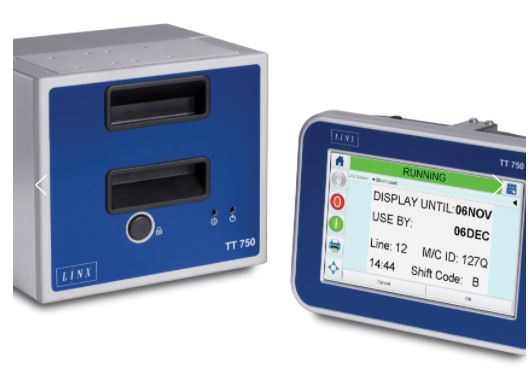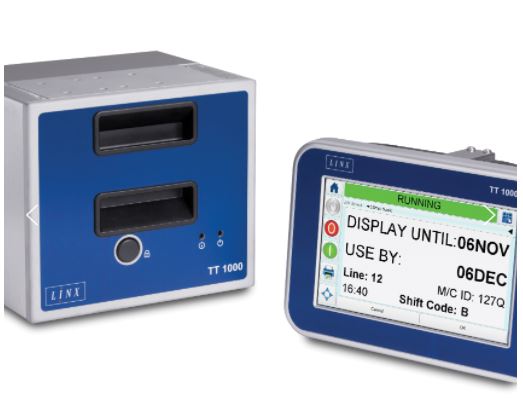When it comes to printing a wide range of information on flexible packaging materials, two common options for manufacturers are hot stamp printers and Thermal Transfer Overprinters or TTO. While they are both used for a similar application, there are significant differences that you should know about them.
Here’s an article that provides a quick comparison to help you decide when choosing between hot stamp printing and TTOs.
Key Points to Know About TTO Printer vs Hot Stamp Printer
Operations
Thermal Transfer Overprinters (TTO) like hot stamp printers function to transfer ink onto flexible substrates but there is a huge difference when it comes to the way they operate.
A hot stamp printer is an analog version. It requires an operator to set and heat metal dies. The heated type presses onto the inked printing ribbon to melt the ink onto the substrate. This type of printer is used for static information.
On the other hand, a Thermal Transfer Overprinter applies a code to a flexible substrate using a thermal printhead and a thermal ribbon. It uses TTO technology that features a thermal transfer printhead and ribbon which come into contact with a flexible substrate. It has elements that are precisely heated and pressed against the ribbon for ink transfer. TTOs can create digital and high-resolution images like bar codes, graphics and texts.
Costs
When it comes to initial costs, you’ll spend less on a hot stamp printer than the initial investment that a TTO will require. This is mainly due to the electronics that Thermal Transfer Overprinters contain.
However, when it comes to running costs, TTOs proved to be a cost-efficient choice. TTOs cost less to operate and are capable of providing a range of data printing features needed for tracking and tracing especially in the food and pharmaceutical industries.
Downtime
Downtime affects ROI and when it comes to this, there is a huge difference between TTOs and hot stamp printers.
TTOs use digital technologies which make it possible for the output to be higher given a limited time even in cases when product prints vary. Hot stamp on the other hand uses analog systems which will require manual intervention from time to time. Unlike TTO, Modifications on the product code will also be needed when printing on different production batches and this may happen for every line change or shift change.
ALSO READ: How to Find the Right Batch Coding Machines for Your Business
Cost-efficiency is one of the factors that manufacturers need to consider when investing in machines for their operations. Hot stamp printers and Thermal Transfer Overprinters (TTO) may work for the same purpose but they differ much when it comes to technologies. While there’s nothing wrong with choosing analog, there are plenty of benefits that come with digital technologies that can affect output and the overall cost of operations.
Elixir, a trusted distributor of Thermal Transfer Overprinters and other industrial machines offers Linx TTOs that can address a wide range of applications and bring higher ROI for any business. Contact us today to learn more about our TTO range.




